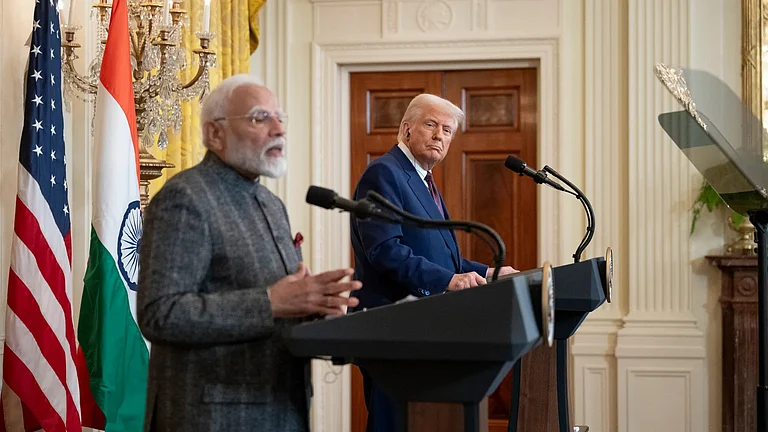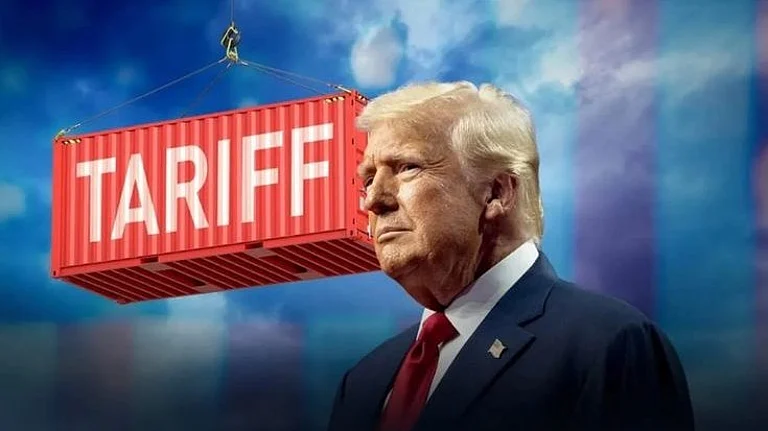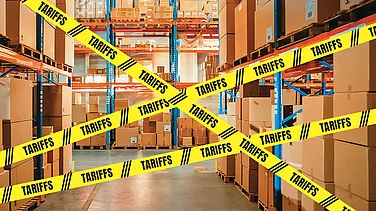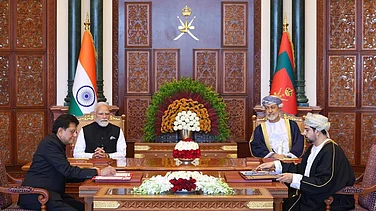With only two weeks to go before the US tariff deadline, President Donald Trump hinted that a deal with India may be next. While that might sound reassuring, there’s cause for concern—Trump suggested the deal with New Delhi would be "on the same line" as the one struck with Indonesia recently.
Trump on Tuesday announced that the US had finalised a deal with Indonesia after speaking with its President Prabowo Subianto. The "landmark Deal opens up Indonesia’s entire market to the United States for the first time in history." As a part of the agreement, Jakarta has committed to purchasing $15bn in US Energy, $4.5bn in American Agricultural Products, and 50 Boeing Jets, many of them 777s, Trump claimed on Truth Social.
"For the first time ever, our Ranchers, Farmers and Fishermen will have Complete and Total Access to the Indonesian Market of over 280mn people. In addition, Indonesia will pay the United States a 19% Tariff on all Goods they export to us, while US Exports to Indonesia are to be Tariff and non-tariff-barrier-free FREE," Trump wrote.
He also warned that if there is any transhipment from a higher tariff country, then that tariff will be added to the tariff that Indonesia is paying.
Bank Indonesia (BI), while welcoming the trade deal with the US citing the reduced tariff rate of 19% instead of the 32% rate initially proposed by Washington, surprised markets on Wednesday with a 25 basis points (bps) rate cut. The reasons for its latest cut included lower inflation expectations, even as the inflation outlook has been benign for some time, but has not been a key rationale in previous cuts. The cut in May was accompanied by BI lowering its 2025 gross domestic product (GDP) growth forecast range.
Following the announcement, Japanese financial services firm Nomura stated in a report today that it now expects the central bank to cut its policy rate further by another 25 bps—bringing it down to 5% by year-end—with more reductions likely in 2026.
"We see the tariff rate as relatively high at 19% and pose some downside risks to the growth outlook. This is above our estimate of where the tariff could settle at around 16-17%," said Euben Paracuelles, chief ASEAN economist at Nomura. An additional levy on transhipment also reduces further already-small prospects for trade diversion benefits in Indonesia, which has recently seen some transhipments in certain sectors.
Furthermore, if Jakarta follows through on the large-scale US purchases as announced by Trump, Nomura expects this could exacerbate the country’s twin deficits. "The total amount of $37bn in these pledged purchases is fairly large, in our view (2.6% of GDP) and could therefore add to Indonesia’s current account deficit, which stood at $8.5bn last year (and we forecast it to widen to $12.1bn this year), even if these purchases are spread out in the next few years," the Japanese firm noted.
Trump on Deal With India
On many occasions, Trump has reiterated that he wants easier access to the Indian market for the US, including India's long-protected and sensitive agriculture and dairy sectors. He, in fact, told reporters from the White House on Wednesday that the US will finally enter the Indian market.
“We have a couple of those deals that are going to be announced. India basically is working along that same line (as Indonesia)," Trump said. "We’re going to have access to India, and you have to understand, we had no access to any of these countries. Our people couldn't go in. Now we’re getting access because of what we’re doing with the tariffs,” he added.
The Peterson Institute for International Economics (PIIE) stated earlier that the tariffs on imports from developing economies are neither reciprocal nor strategically sound. These new tariffs do not mirror the tariffs those countries impose on US exports, nor do they account for the vastly different economic conditions and fiscal realities that shape tariff regimes in poorer countries, it added.
In this context, India entering into an agreement “on the same line” as Indonesia could prove problematic.
"A bad deal—especially one that removes India’s tariffs without reciprocal benefits—could be worse than no deal at all," said Ajay Srivastava, founder of policy think tank Global Trade Research Initiative (GTRI).
"Trump’s claim that the US will get full access to the Indonesian market at zero tariffs, while Indonesian exports will face a 19% duty in the US, raises red flags. If India were to accept such a lopsided arrangement, it could expose its domestic sectors, especially dairy and agriculture, to duty-free US goods while gaining little in return," Srivastava noted further.
A Cautionary Tale from Vietnam Pact
There are also downside risks to the way Trump has been announcing tariffs on social media without providing details. For example, Vietnam thought it had a preliminary deal with the US to lower its tariff level substantially from 46% to 11%. Then, at the last minute, President Trump raised the rate to 20%. As a result, the Vietnamese government still has not formally accepted a key part of the agreement that Trump touted on social media last week.
However, Trump disregarded that figure during a phone call later with Vietnamese General Secretary To Lâm—who had not been involved in the initial tariff negotiations—and instead announced that the US would impose a tariff nearly twice as high.
Against this backdrop, Srivastava emphasised that India must avoid similar misrepresentation and must insist on a jointly issued, written statement before acknowledging any agreement. "Verbal assurances or informal understandings—especially those announced on social media—are no substitute for formal, verified commitments," he explains.
As the deadline nears and pressure mounts, India would be wise to tread carefully, demanding clarity, fairness, and above all, balance.

































